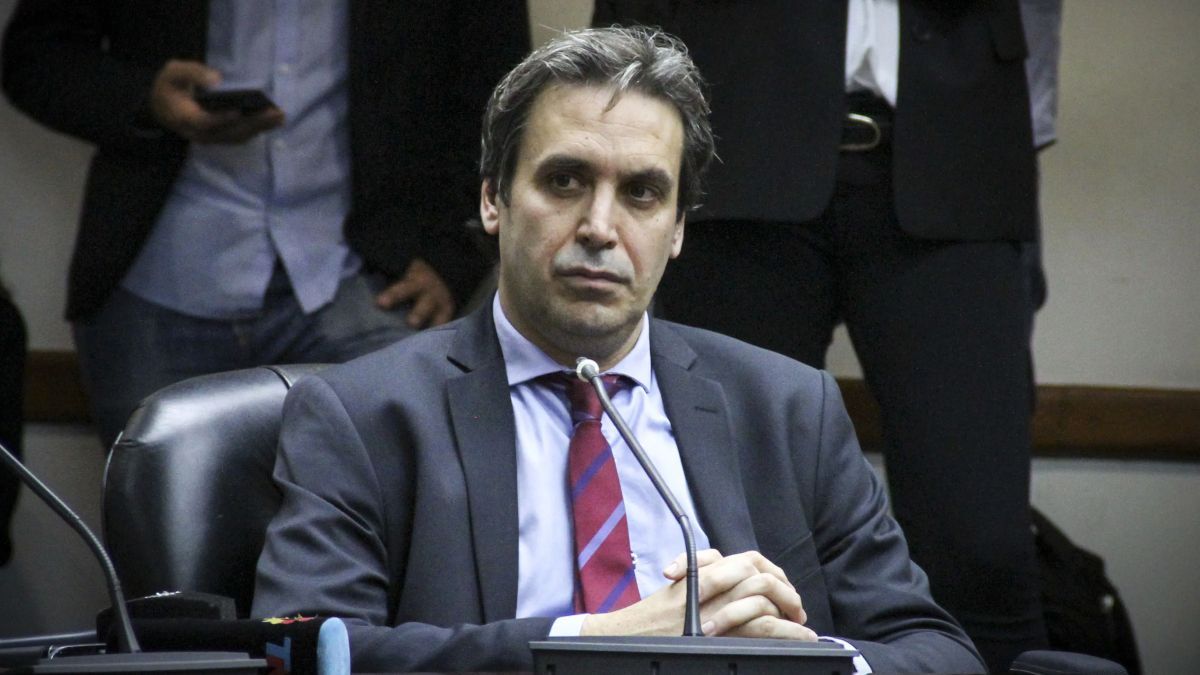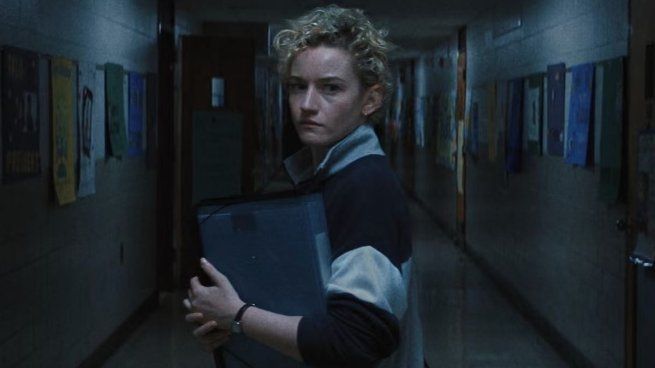“The uncertainty about the method of calling the provincial elections (simultaneity, concurrence or splitting), added to the debate around the possible suspension of the open, simultaneous and mandatory primaries (PASO), complicates planning and adoption of necessary measures for the development of the electoral process in the province of Buenos Aires,” highlighted the judge.
Historically, the province of Buenos Aires couples its elections to the national onesso the provincial operation was always in charge of the federal justice system by simultaneity law 15,262.
But if, finally, Congress eliminates the PASO and the province disengages its elections, it will no longer be the responsibility of the federal justice system to display the ballot boxes, ballots and registers in the eight electoral sections that make up the district, nor the final count of the scrutiny.
The judge’s approach
In the brief, the judge recalled that various meetings have already been held with various actors, including government officials, authorities of the Argentine Army and representatives of the Official Mail, to analyze possible scenarios and logistical needs. However, uncertainty persists, particularly in relation to the simultaneity, concurrence or splitting of provincial elections, and the possible suspension of primary elections at the national level.
The magistrate maintained that “the planning of the electoral processes in the Province of Buenos Aires for 2025 requires prompt decisions“and added that “the lack of certainty about the convocation modality and the new challenges that the BUP entails require efficient planning.”
In his ruling, the judge recalled that Law 15,262 “allows the provinces to decide whether to adhere to the simultaneity or concurrency system up to 60 days before the election.” However, he stressed that it is essential that political authorities define the scenario as soon as possible to guarantee adequate organization.
“The transparency of the elections is fundamental for the legitimization of the representatives that emerge from them. Adequate planning and timely allocation of resources are essential to guarantee the full exercise of the right to vote and the legitimacy of the electoral results,” he concluded.
Ramos Padilla pointed out that “on several occasions, throughout these actions, the size and magnitude of the district has been highlighted as an unavoidable condition for the organization of the elections in this Province” and stressed that, according to official estimates, in 2025 the province will have more than 14 million qualified voters, distributed in 40,000 voting tables, with the participation of 120,000 polling station authorities and 7,000 authorized establishments.
He recalled that “in the last elections, in which voting was done with the party or traditional ballot system for all categories and with a single ballot box per table, a total of 47,024 table authorities served; for which it was necessary to release 181,301 telegrams, to cover 38,074 voting stations”.
The judge accompanied his claim with a detailed technical report on the different possible scenarios, with the aim of contributing to a quick decision by policy makers.
Possible scenarios
The resolution evaluates four possible electoral scenarios. The first is one of simultaneity between the national and provincial elections on the same date with the same voting system (Single Paper Ballot – BUP). According to the magistrate, this would simplify training, logistics and reduce costs.
However, it would be necessary to adjust the national and provincial electoral schedules to guarantee coincidence in the officialization of the lists. A significant investment would also be needed in training, infrastructure (including a new polling booth) and human resources.
Scenario 2 is elections concurrentthat is, the national and provincial elections on the same date with different voting systems (BUP for the national elections and party ballot for the provincial elections). In that case, the complexity of managing two different voting systems arises, which implies the need for an agreement between the Electoral Court and the provincial authorities.
Like the simultaneity scenario, this also requires doubling the ballot boxes and increasing the number of table authorities and delegates. To do this, voters and polling station authorities would have to be trained with the aim of correctly achieving two different voting systems. At the same time, the possibility of disputes arises over the responsibility for financing resources between the national and provincial governments.
It was also indicated that the experience of the 2023 primary elections in the Autonomous City of Buenos Aires (CABA) “highlights the need to plan with great advance and thoroughness the implementation of this scenario in the Province of Buenos Aires, anticipating the difficulties and resources necessary in a district that proportionally has much fewer resources per voter, but has a registry five times larger.
The third scenario is that of unfolding: national and provincial elections on different dates. The report warns that this possibility could be the most complex and costly. There is an overlap in electoral schedules, which could generate conflicts in the allocation of resources and makes collaboration between the Electoral Court and the Provincial Electoral Board difficult.
It was highlighted that the experience of the 1990 plebiscite was the only provincial election directed solely by the provincial electoral authority and it was stated that at that time there was collaboration from the national electoral justice. “However, the circumstances that allowed this collaboration are very different from those that would arise in a possible split of provincial elections,” it was indicated.
At the same time, it was stated that the split requires separate training campaigns for each election, more complex management of materials and greater coordination with the Argentine Post Office and the General Electoral Command. All of this implies a greater burden for voters, polling station authorities and delegates, since they would have to participate in multiple electoral processes.
The last scenario proposed is the elimination of primary electionswhich raises the uncertainty of how political parties would determine their candidates without the PASO and could increase the difficulties of the previous scenarios, since the first experience with the BUP would be carried out in a general election, without a prior trial.
However, the judge urged the political authorities to make quick and clear decisions on the modality of the 2025 elections in the Province of Buenos Aires. “The transparency of the elections is fundamental for the legitimation of the representatives that emerge from them. Adequate planning and timely allocation of resources are essential to guarantee the full exercise of the right to vote and the legitimacy of the electoral results,” he added.
Source: Ambito




